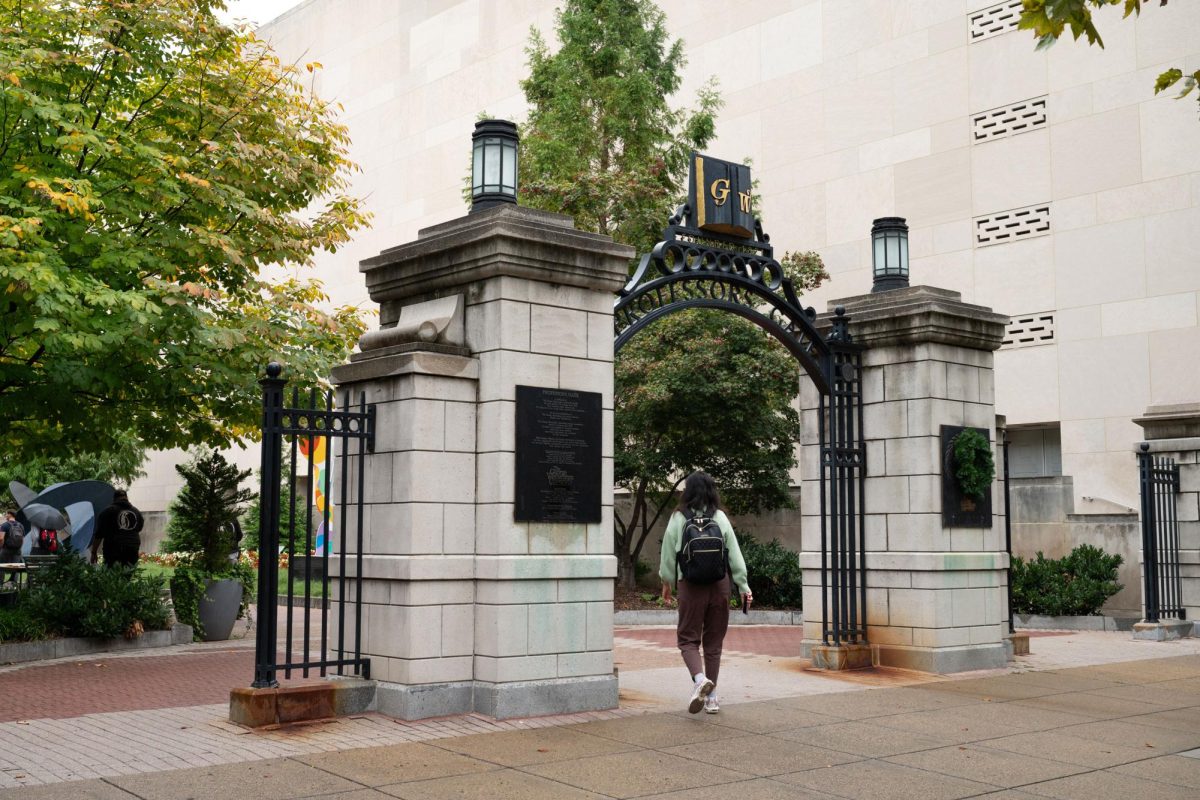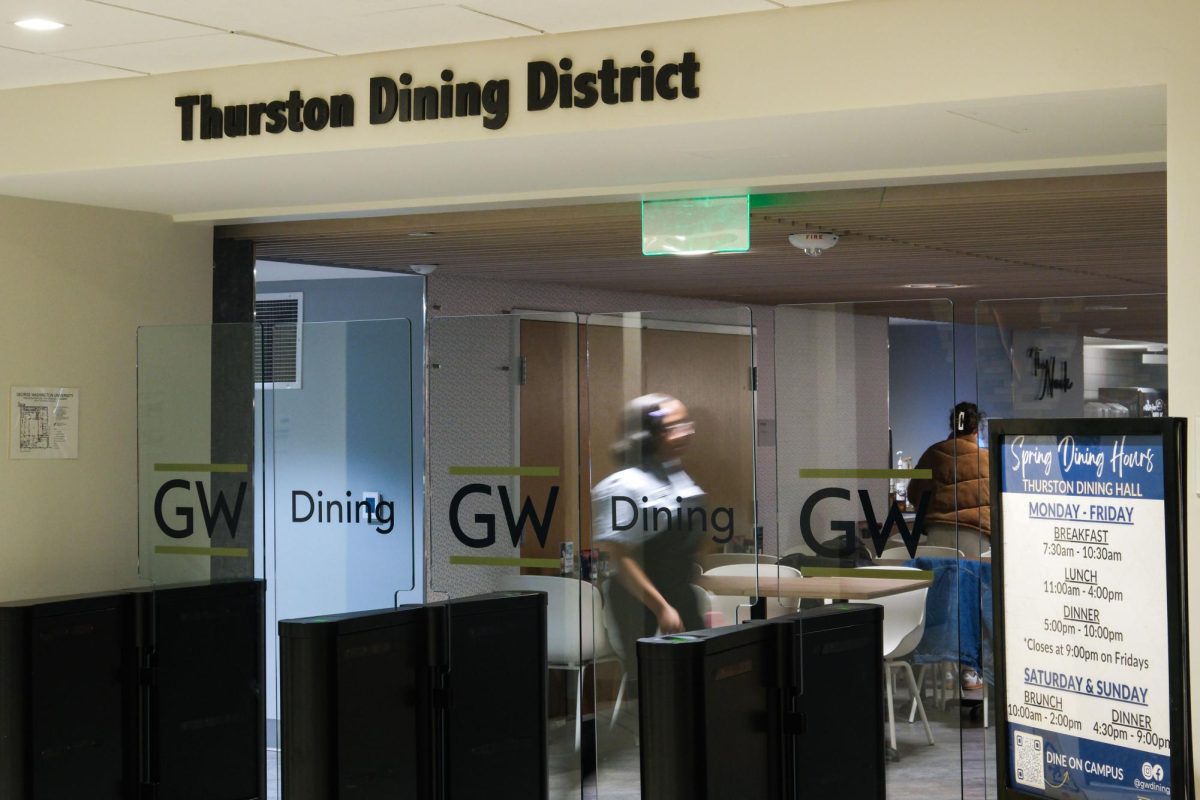The Board of Trustees approved a 3 percent tuition increase at their meeting on Friday, as well as a $13 million boost to financial aid in response to the worsening economic climate.
Tuition for enrolled students does not change under GW’s fixed tuition program, so the new pricing of $41,610 applies to the incoming class of 2013. The average tuition increase for private universities in 2008 was 6 percent, according to the Chronicle of Higher Education. Board members said the 3 percent figure, which has remained stable for the past several years, mostly accounts for inflation.
GW became the first university to surpass $50,000 in mandatory costs in 2004 and was referred to as the most expensive college in the country until Sarah Lawrence College in Yonkers, N.Y. took over that spot last year. Top administrators have said they expect this year’s relatively small increase to lower GW’s expense ranking in comparison to other schools.
Tuition figures do not take into account room, board and other mandatory costs, however, which bring GW’s total cost above $51,775. Board costs remained unchanged for next year at $3,400, but housing costs – which vary depending on the residence hall – increased by about $200 based on the Board’s decision.
This year’s 10.8 percent increase in financial aid grants is one of the largest in recent years, surpassed only by a 13 percent increase in 2006. It brings the total amount of institutional aid to $133 million, and will be paid for with the University’s reserves, according to a financial report presented to the Board. More than 60 percent of the GW undergraduate population receives some form of financial aid.
Administrators said they are working to meet the demands of the many students for whom the financial downturn has affected their ability to afford the school.
“We are committed to keeping people here regardless of their financial situation,” Senior Vice President for Student and Academic Support Services Robert Chernak, who also serves on the Board’s financial committee, said this fall.
“We are in a strong financial position, not to say it’s excellent, but it’s strong and will withstand the current problem environment of the economy,” said Russ Ramsey, chairman of the Board, after the meeting.
Ramsey added that they are aiming to be on the “low end of the admission cost” in relation to peer institutions.
Board member Steven Ross said that they were eager to limit tuition increases.
“Everyone was pretty receptive to keeping the cost increases close to cost of living increases,” Ross said.
Following the meeting, University President Steven Knapp said, “There was a great deal going on in [the meeting]. We are moderating the admission cost of the entering class, and GW will be significantly lower than other institutions. This is part of an affordable plan that will dramatically increase student aid.”
Knapp said he was encouraged that the University has been able to continue the five-year plan to review affordability.
“We are staying the course from last year,” Knapp said. “This is going to really set us apart from other universities in regards to affordability.”
Last year Knapp committed to increase financial aid fundraising from $10 million to $40 million annually within five years. Halfway through the first fiscal year of that plan, $5.6 million has been raised so far with a goal of $14 million, though University spokeswoman Tracy Schario said additional gifts are “in pipeline.”
-Lauren French contributed to this article.






